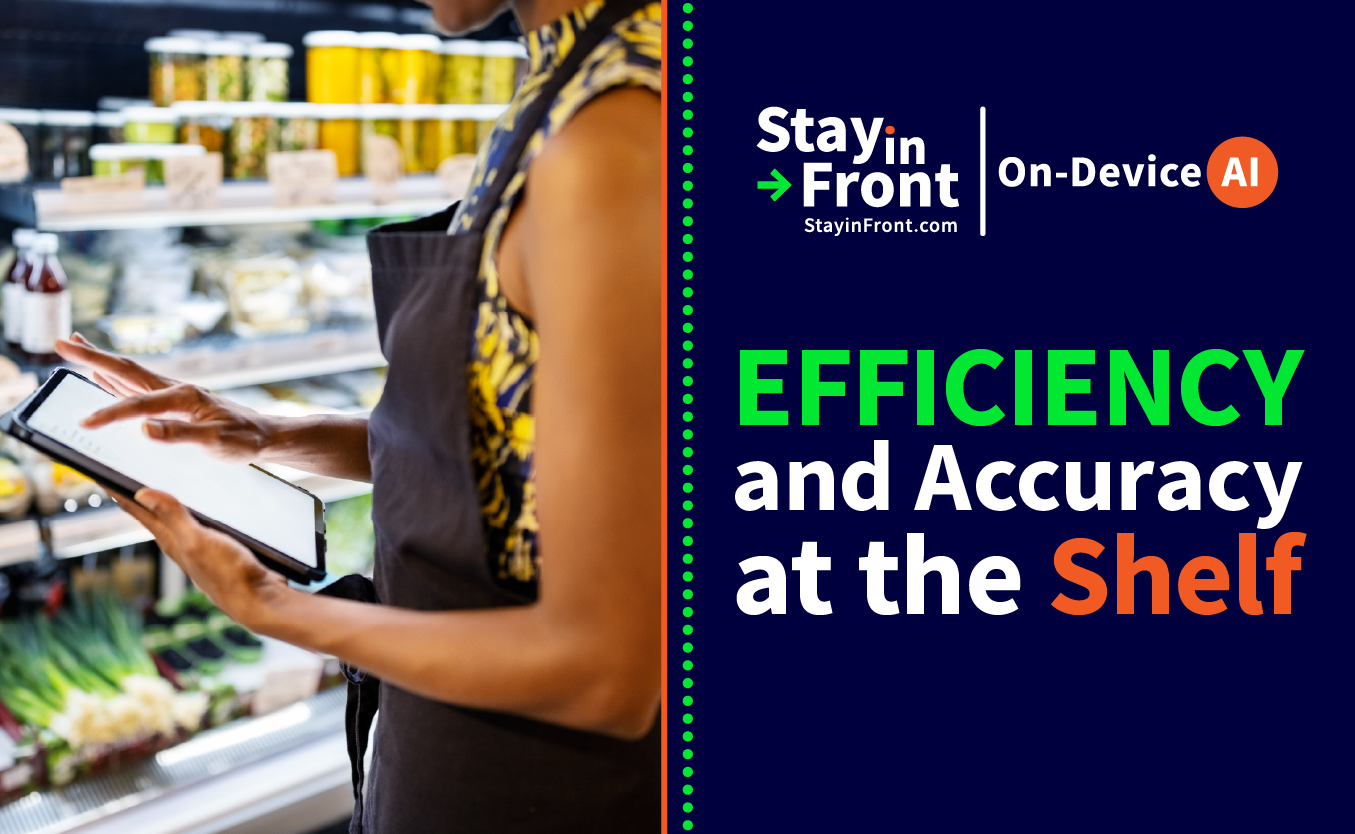4 STEPS TO OPTIMISE YOUR SALES FOR SEASONAL EVENTS
During my 30 years of experience in Field Sales Execution, I have seen the common mistakes some companies make when planning and executing seasonal events like Easter, Christmas, long weekends, and other holidays.
As a consumer, have you ever had the negative experience of seeing dozens of out-of-stock items during the holidays? Have you ever been charmed by a seasonal product – like Halloween treats – but when you return to the store, the product is already gone?
Common mistakes lead to CPGs missing opportunities to generate greater sales of their products, and their customers are left disappointed.
To create a stable foundation for success, companies must have the right products in stores, in the right quantities, and at the right times. Visibility is another important factor. Specialty displays should be easily accessible to shoppers during seasonal events. However, for many CPG companies, this isn’t always easy.
Here are Four Key Steps to Ensuring Success During Seasonal Events:
1. Understanding the Shopper
Understanding shopper insights and consumer behavior is an important step for anticipating demand. By projecting when consumers could increase their demand for a certain category, CPG companies can better predict their needs. Companies can identify seasonal periods that are more intensive for a category or product, enabling an anticipated planning process.
2. Zero-based planning
Zero-Based Planning prevents companies from repeating the same mistakes. By only utilising sales history to plan for upcoming seasonal events, struggling companies cannot expect different results. Using the same planning parameters as regular periods is not advised. Highly organised CPG companies know seasonal events require their own planning parameters. For example, using the same store clustering strategy is not recommended. Since seasonal events trigger a different demand, store clustering must be based on dynamic demographic elements. Among other benefits, this allows for adequate store inventory break-up, avoids out-of-stocks, and reduces unnecessary overstocks.
3. Flawless Execution
What would be the purpose of developing a plan if it fails during execution? Prepare your field teams with enough time and ensure they are equipped to win at the Point-of-Sale. Maintain effective communication and visibility of evolution and performance throughout the seasonal period. This will be key in facilitating the necessary actions to correct, accelerate, and consolidate the Point-of-Sale execution in all desired stores until the end of the season.
4. Activate Analytics
At end-of-season events, struggling companies may only review overall sales performance results and neglect developing an effective post-assessment strategy for all seasonal activities. Intelligent CPG companies collect and leverage what they’ve learned and use it to help them succeed in future seasonal events. Keeping a “learning log” avoids repeating common mistakes and improves the planning and execution of future seasonal events. This translates into incremental sales.
All these elements are not easy to keep track of using traditional methodologies. Generating the necessary insight and action takes complex analysis. Top CPG companies who have successfully executed seasonal events trust StayinFront’s Retail Optimisation Platform (ROP). StayinFront’s ROP solution uses advanced technology like Artificial Intelligence, Analytics, and Machine Learning to facilitate the decision-making, planning, and execution of seasonal events.
Feel free to contact me directly at privera@stayinfront.com to see how StayinFront can help your business optimise planning and execution for seasonal events.







